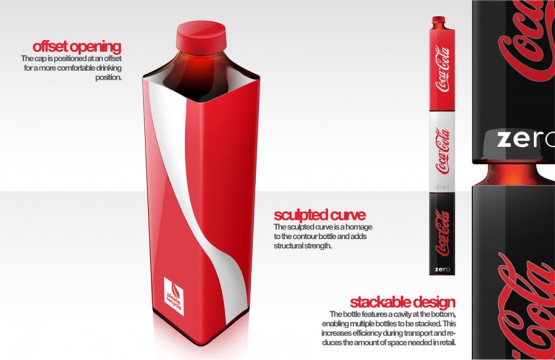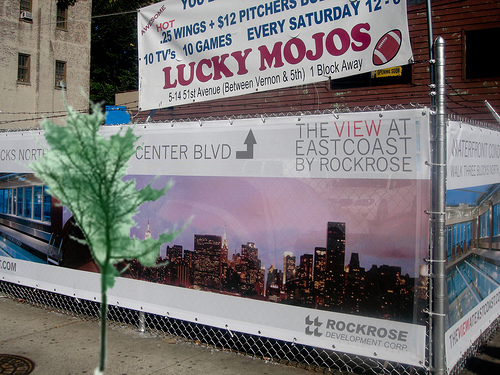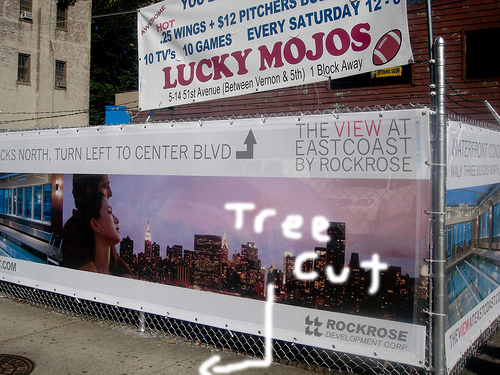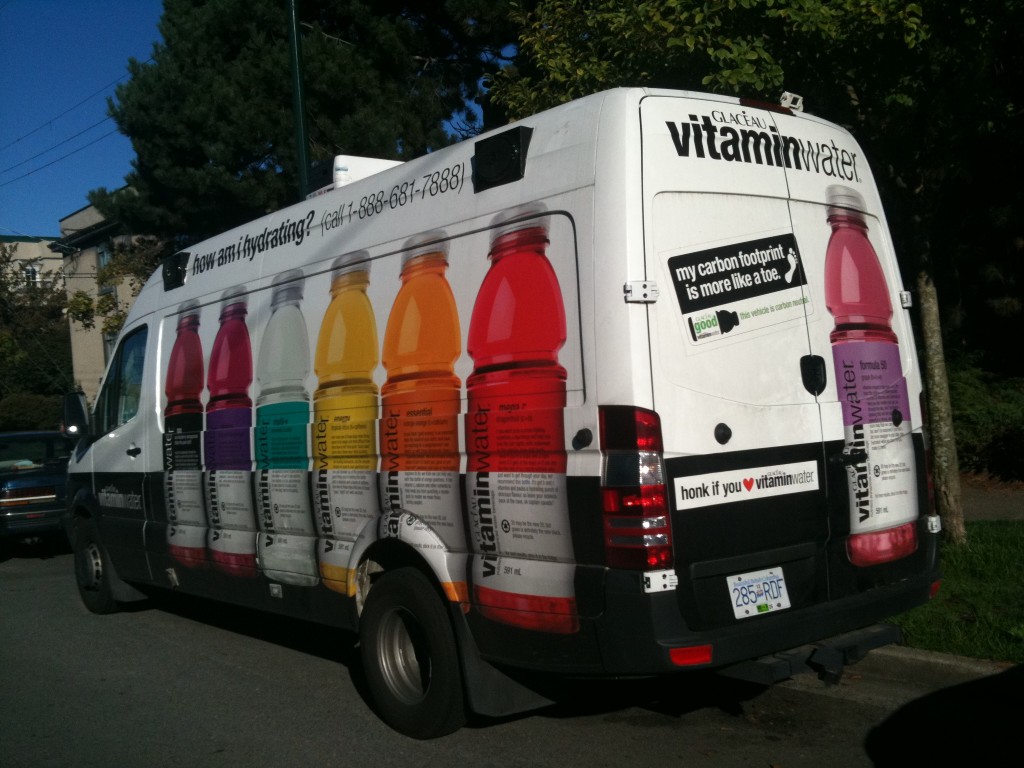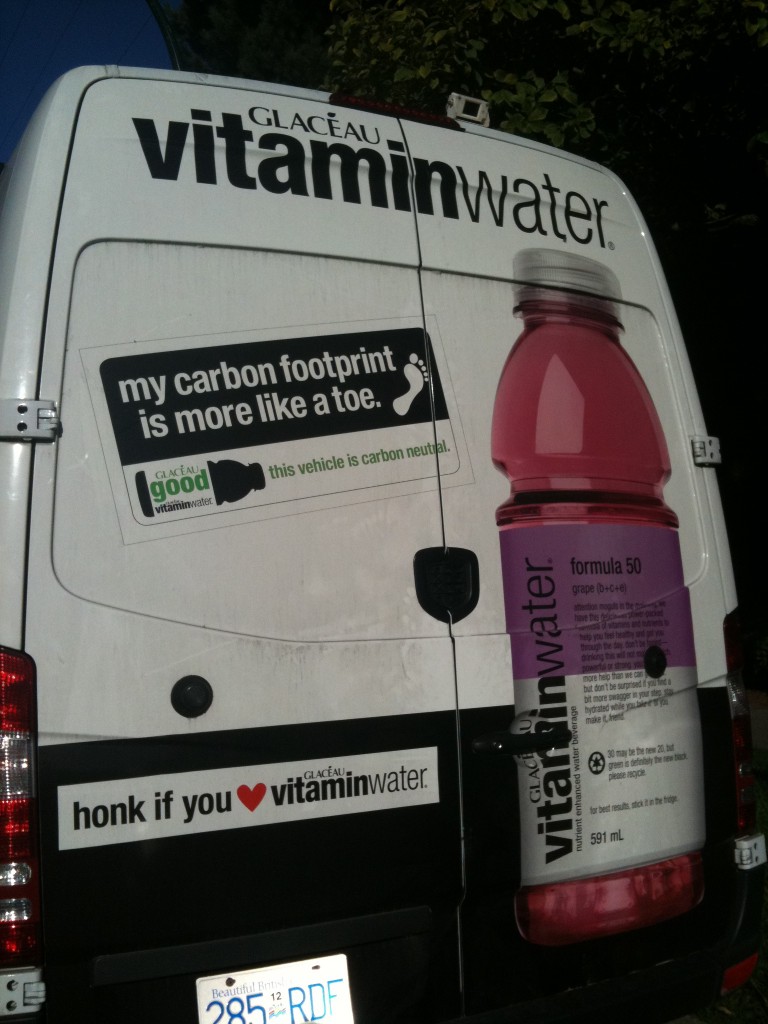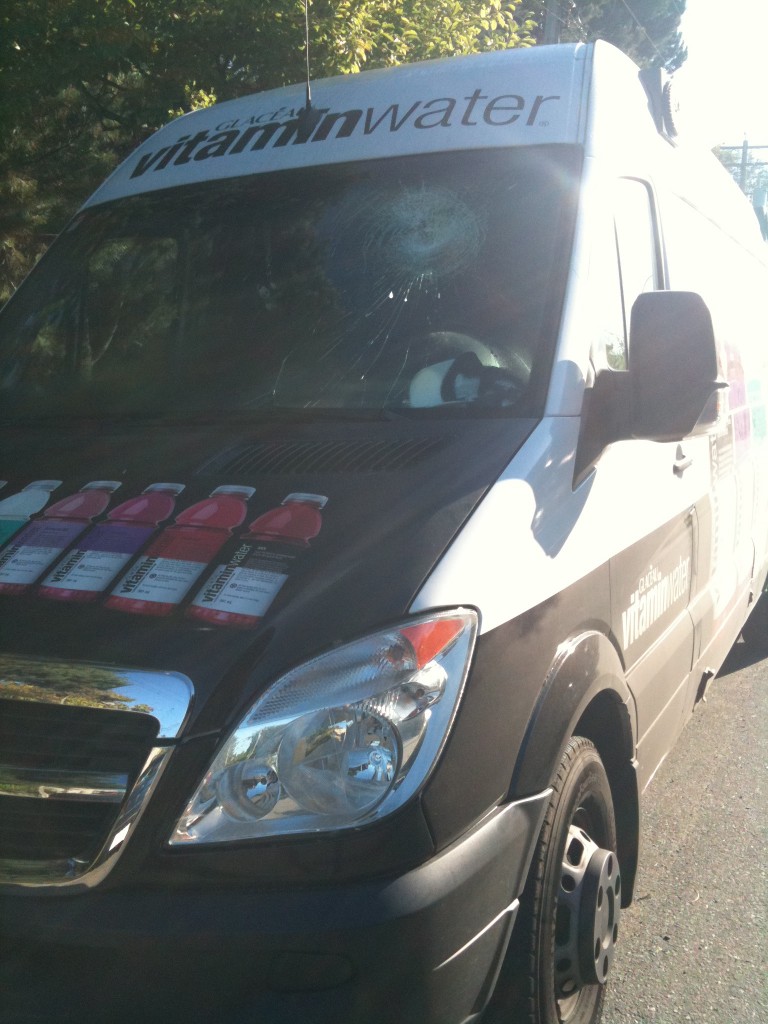In Angela Tan’s blog post “fighting bugs with bugs”, she describes how farmers are using the natural predators of certain pest insects to counter their spread and damage. This process of biological pest control is just as effective at protecting crops as traditional pesticides, but uses no dangerous chemicals, and is not susceptible to increasing chemical resistance (such as in the use of antibiotics).
This reminded me of another TED Talk I had seen before, on the subject of biomimicry. In this talk, Janine Benyus discusses how nature figures out how to solve its own problems, and how understanding biology can allow humans to apply the same strategies as nature to our own technology (what she calls “emulating life’s genius”).
Some principles she discuss include “quenching thirst”; how certain insects like the pill beetle can pull water out of air, or the “power of shape”; how colour can be created by using shapes, not pigment, or how surfaces can be cleaned with water like a lotus leaf. These are all solutions that nature has adopted, to live “while taking care of the place that’s going to take care of their offspring”.
It’s really fascinating how a lot of the solutions to our problems already exist. We just need to stop looking towards complex chemicals in the laboratory, and instead start looking at the biosphere around us. Benyus sums it all up, when she states that “the answers to your questions are everywhere, you just need to change the lenses with which you see the world.”
